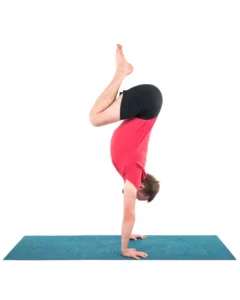Yoga for Multiple Sclerosis
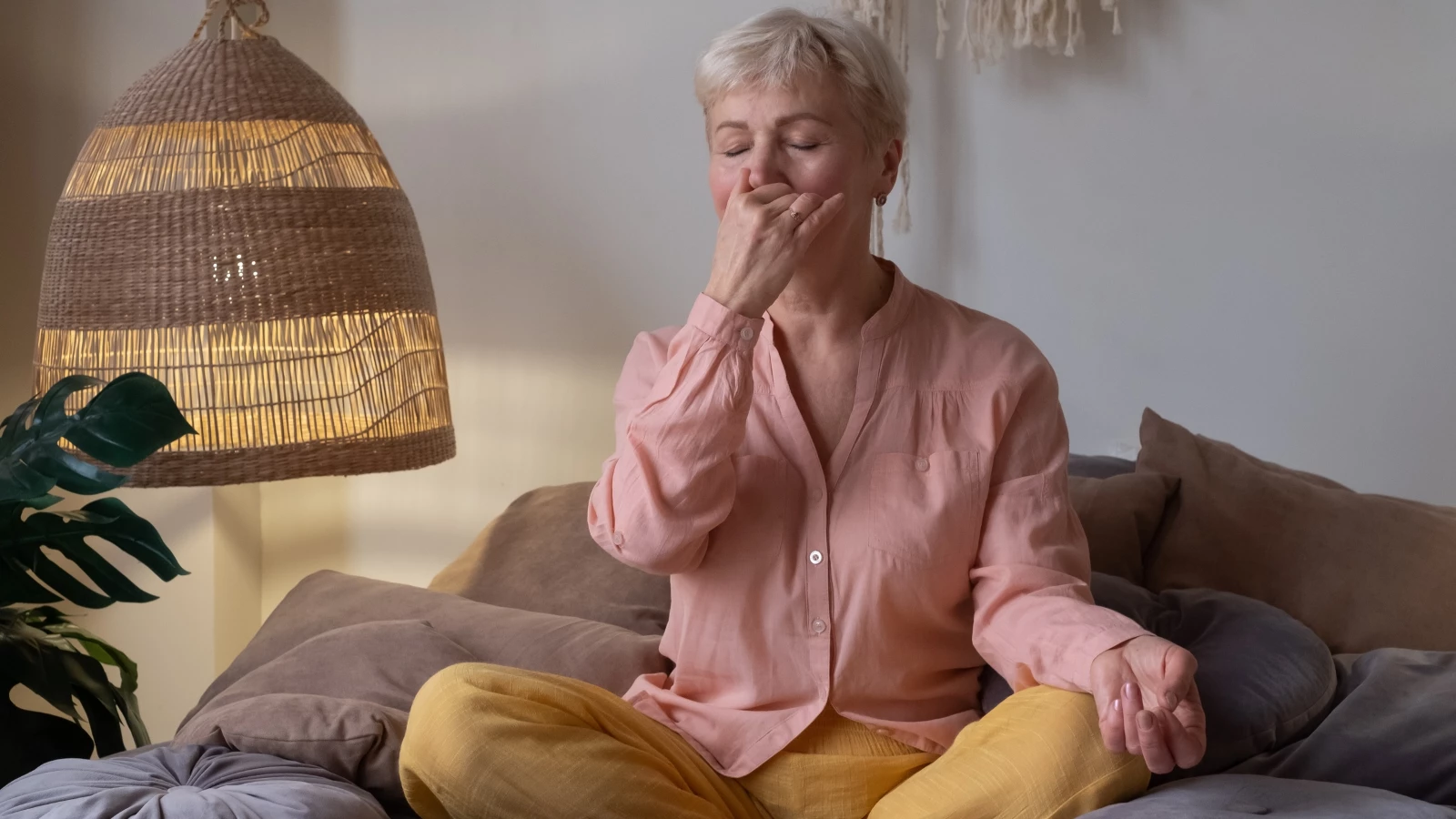
When I teach yoga for multiple sclerosis (MS), I bring firsthand knowledge of the disease. I was diagnosed with it in 1988. My illness has progressed slowly over the years with some invisible symptoms like fatigue and heat intolerance, worsening much more than any visible manifestation like difficulty walking. The way MS presents in each individual can be so different that I often call it a “designer disease.” It’s hard to find two people with the exact same set of symptoms showing up to the same degree. For this reason, yoga for multiple sclerosis is not a one-size-fits-all proposition.
Breath: The Key to Yoga for Multiple Sclerosis
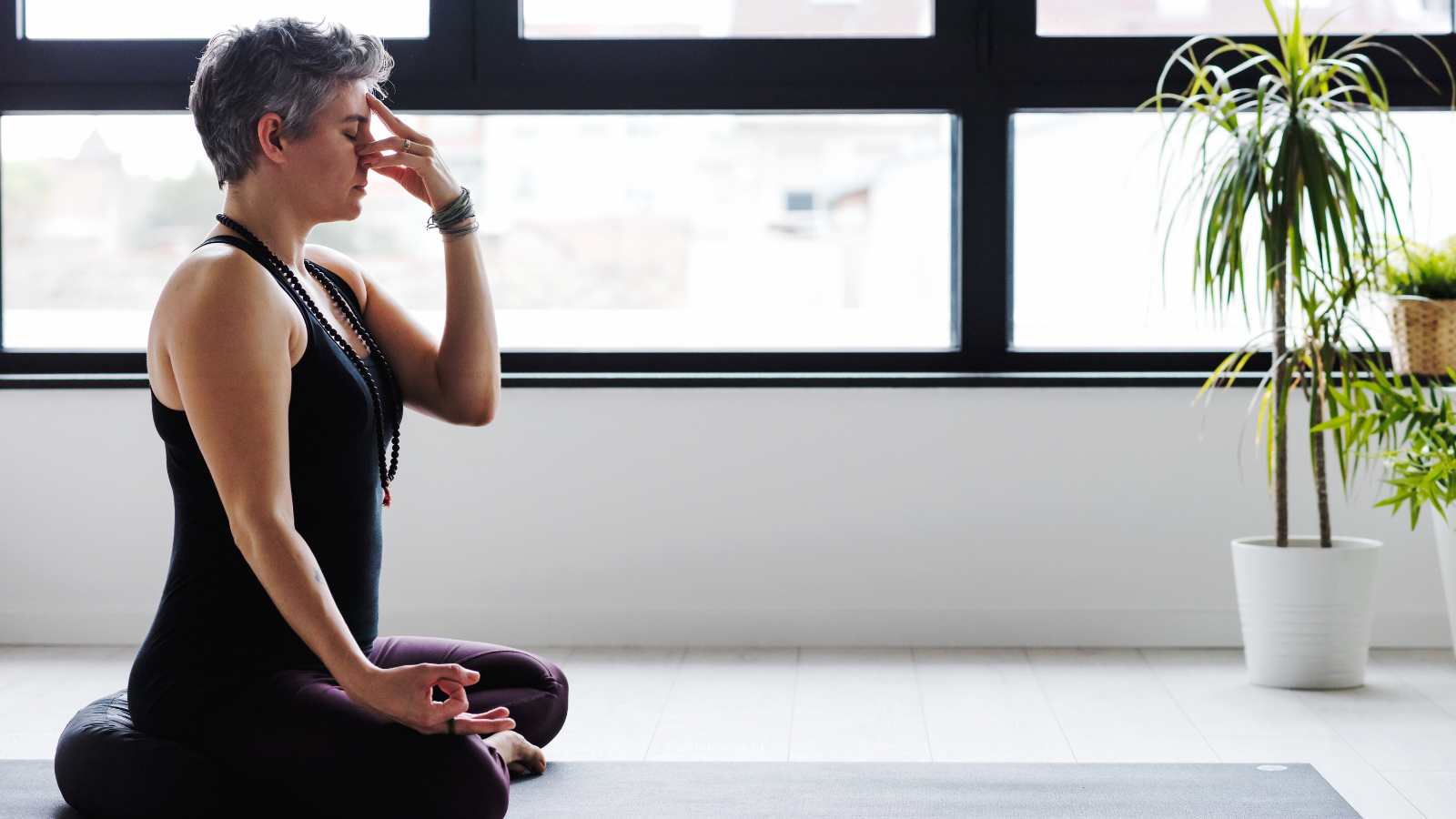 When I teach yoga for multiple sclerosis, the breath leads each part of our practice, because it’s the main connection between body and mind for all of us. At the start of a session, we pay attention to our natural breathing pattern and scan through our body to get a baseline reading on how we feel at that moment in time.
When I teach yoga for multiple sclerosis, the breath leads each part of our practice, because it’s the main connection between body and mind for all of us. At the start of a session, we pay attention to our natural breathing pattern and scan through our body to get a baseline reading on how we feel at that moment in time.
After observing the breath, we’ll gently begin to take deeper and slower inhalations and exhalations, perhaps using the ujjayi breathing practice. Slowing and deepening our breathing before starting warm-up stretches is never wasted time since it can show us the way to a steady mind and can set the mood for our entire practice, and perhaps, for the rest of our day.
Observing the breath continues into the asana practice, as we feel how our body moves into, holds, and comes out of poses. I encourage staying aware of the breath while doing poses for two main reasons: First, a slow, steady breath keeps us comfortable as we move from pose to pose. Second, if we notice that our breath has become shallow or labored it serves as a warning that we’ve gone too far in a pose or stretch and need to ease up.
Offer Variations and Modifications in Yoga for Multiple Sclerosis
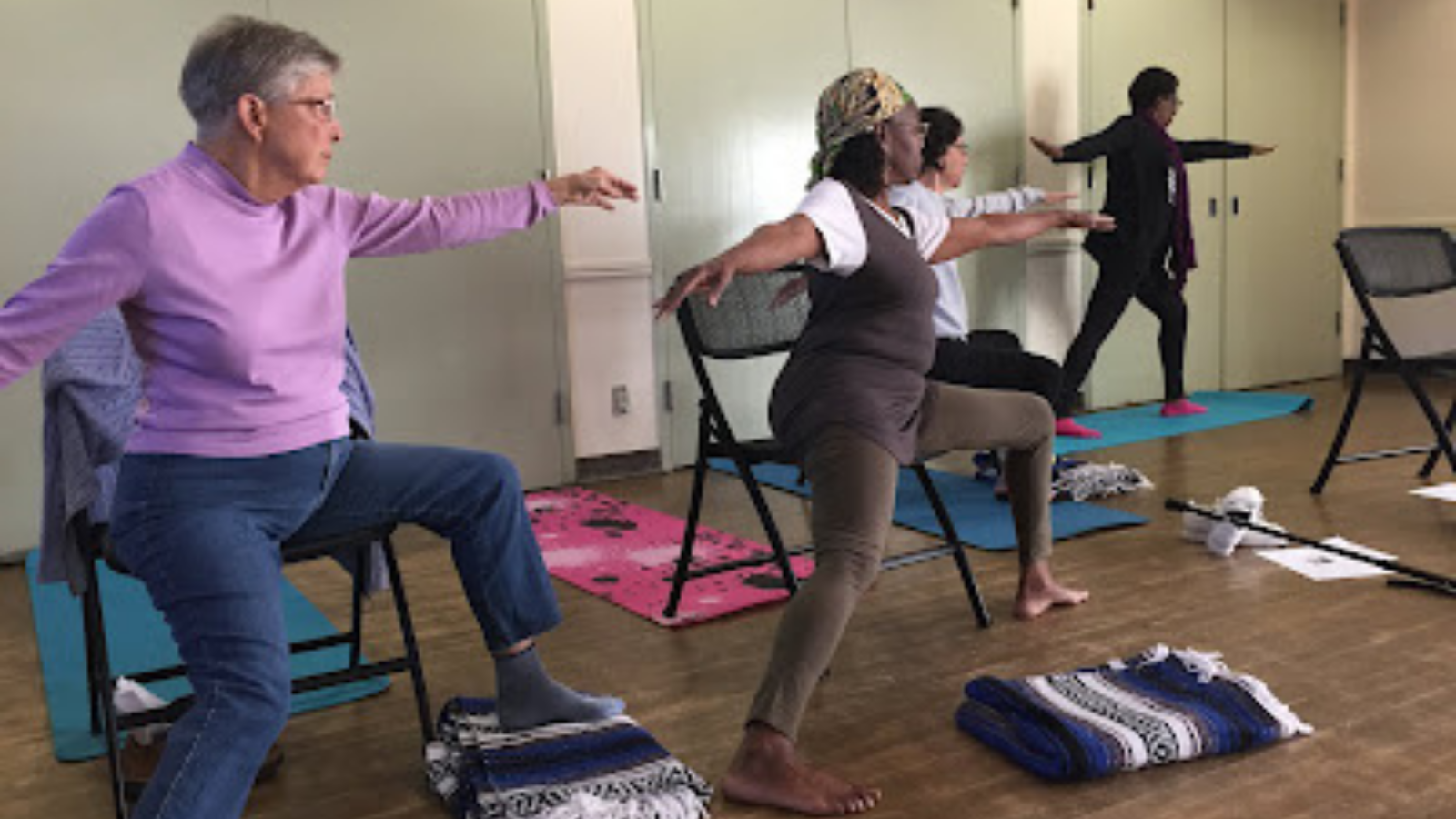
When I cue stretches and poses, I always offer more than one variation, so students can choose what works best for them. Not only does this let everyone feel included in the class regardless of their physical ability, but it also encourages self-agency to individuals who may have lost touch with their bodies or stopped trusting themselves to choose what’s best for themselves.
As the end of class nears, teaching the subtle practices of pranayama and meditation doesn’t involve a one-size-fits-all mentality either. Rather, it requires suggesting different approaches for students to find their way to an internal space of quiet, calm, and safety, regardless of what they may be going through in their lives.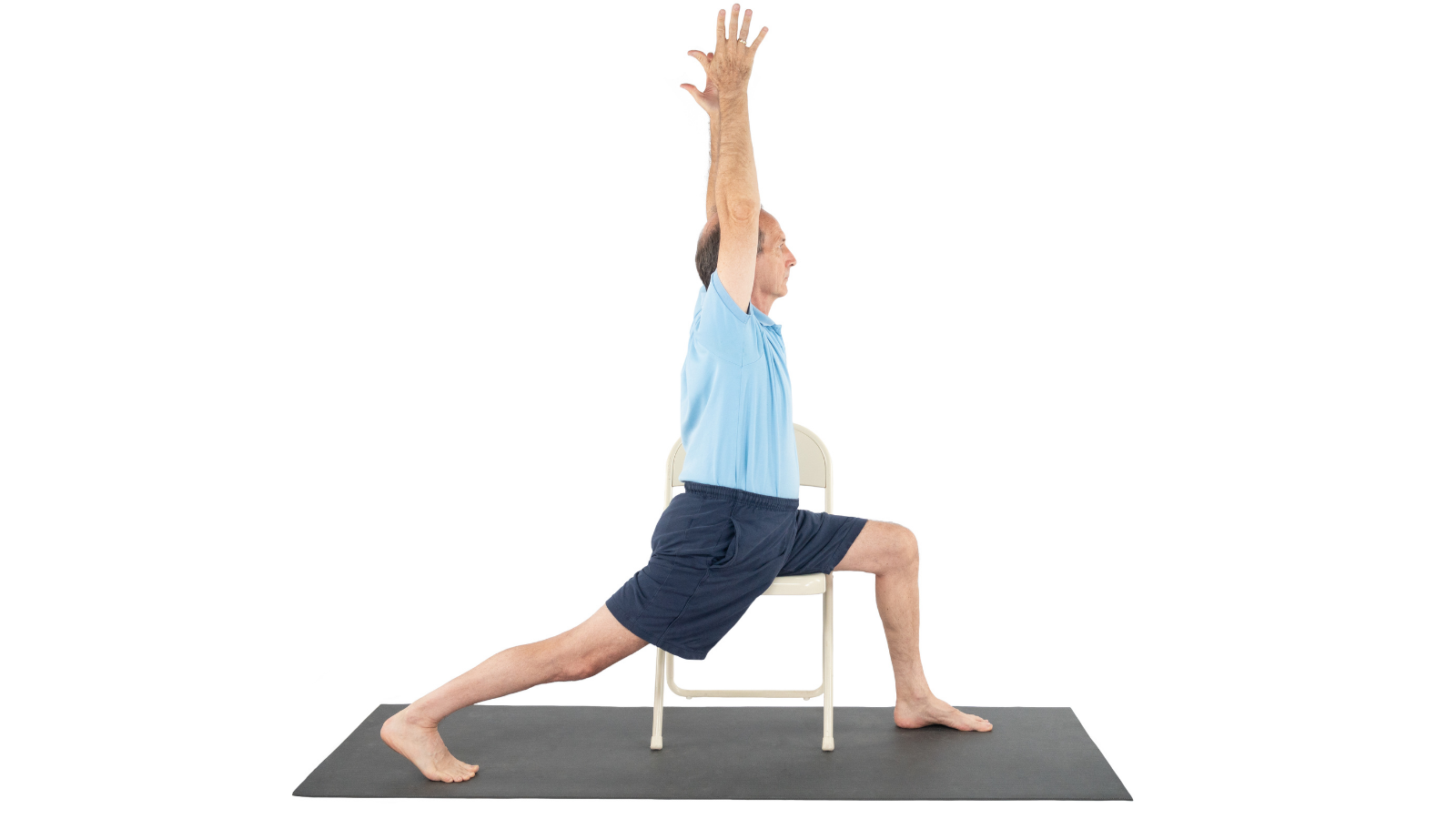
A Peaceful Finish
Just as the breath helps keep us comfortable and safe while doing asana, it can offer deeper states of relaxation during the concluding parts of class: pranayama, yoga nidra/guided relaxation, and meditation. My experience living with MS since 1988 and teaching yoga for multiple sclerosis since 2008 has been that using the breath to steady the mind may be the most helpful and direct way to find comfort for those of us living with this disease.
Resources for teaching variations on poses:
Accessible Yoga: Poses and Practices for Every Body by Jivana Heyman
Adaptive Yoga Moves Any Body by Mindy Eisenberg
Also, read...
Somatic Yoga Flow: Around the Clock
May 02 – James Knight
Yoga for Multiple Sclerosis
Dec 06 – Patrice Priya Wagner, RYT500, C-IAYT
Yoga Can Help with Multiple Sclerosis
Nov 24 – Ram Rao, Ph.D.
Related courses
Breath as Medicine: Yogic Breathing for Vital Aging
With Doug Keller
Yoga and Myofascial Release: Releasing Chronic Tension with the Bodymind Ballwork Method
With Ellen Saltonstall
Yoga and Detoxification: Tips for Stimulating Lymphatic Health
With Lisa Levitt Gainsley
Reprinted with permission from Accessible Yoga.
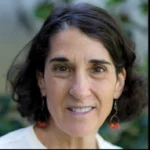
Patrice Priya Wagner, RYT500, C-IAYT. Priya trained in Integral Yoga and has taught people with disabilities since 2008. Priya is on the Board of Directors of Accessible Yoga, and assisted or co-presented in Accessible Yoga’s conferences held in New York City and San Francisco in 2017, and in Santa Barbara in 2015 and 2016. She currently offers classes for people with Multiple Sclerosis in Oakland, California, and brings to her teaching a focus on mindfulness and meditation to develop peace of mind inside and out of the studio.
Recent articles
Fascia and the Vagus Nerve: Healing from the Inside Out
Jul 10 – Dr. Arielle Schwartz
Change Your Perspective of Pelvic Tilting: How the Transversus Abdominis Can Help
Jul 08 – Olga Kabel C-IAYT
Warrior I Pose: 5 Strengthening Variations
Jul 02 – Bridget Frederick, eRYT 500
Categories
Upcoming courses
Breath as Medicine: Yogic Breathing for Vital Aging
With Doug Keller
Yoga and Myofascial Release: Releasing Chronic Tension with the Bodymind Ballwork Method
With Ellen Saltonstall
JOIN NOW!
Recent articles
Almost there...
Sorry, we couldn't find anything...
Stress Relief
Fascia and the Vagus Nerve: Healing from the Inside Out
Have you ever had a morning in which you woke up with a painful…
Jul 10 – Dr. Arielle Schwartz
Pose Library
Change Your Perspective of Pelvic Tilting: How the Transversus Abdominis Can Help
“Tuck your tailbone under” or “lengthen your tailbone” have long been among the most…
Jul 08 – Olga Kabel C-IAYT
Yoga Practice Tips
Warrior I Pose: 5 Strengthening Variations
Warrior I Pose (Virabhadrasana I) is an excellent pose for strengthening your whole back…
Jul 02 – Bridget Frederick, eRYT 500



